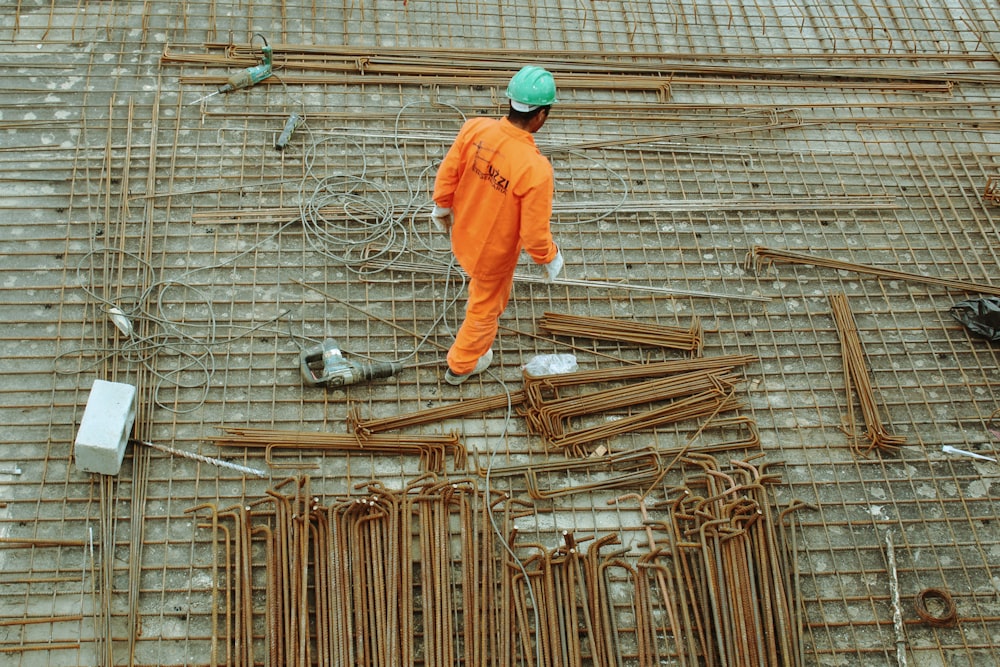
Office Building Design Creating Inspiring Workspaces
In the world of commercial architecture, office building design plays a pivotal role in shaping the work environment and fostering productivity and creativity among employees. Let’s delve into the intricacies of designing office buildings that inspire and elevate the workplace experience.
Understanding User Needs and Preferences
A crucial aspect of office building design is understanding the needs and preferences of the users – the employees who will inhabit the space. This involves conducting thorough research and gathering insights into how they work, collaborate, and interact within the office environment. By understanding their preferences for layout, amenities, and aesthetics, architects can create spaces that cater to their specific needs and enhance their overall experience.
Maximizing Natural Light and Views
Natural light and views play a significant role in office building design, impacting everything from mood and productivity to energy consumption. Designing office spaces with ample windows and strategically positioned skylights allows natural light to penetrate deep into the interior, creating a bright and uplifting environment. Additionally, incorporating views of the surrounding landscape or cityscape can help employees feel connected to the outside world and provide visual relief during periods of intense focus.
Promoting Collaboration and Interaction
Collaboration and interaction are essential components of a vibrant and dynamic workplace culture. Office building design should include spaces that encourage spontaneous interactions and facilitate collaboration among employees. This may include open-plan work areas, breakout spaces, and communal areas such as cafes or lounges where employees can gather, share ideas, and connect with colleagues in a relaxed and informal setting.
Embracing Flexibility and Adaptability
In today’s rapidly evolving business landscape, flexibility and adaptability are key considerations in office building design. Spaces need to be designed to accommodate changing workstyles, technologies, and organizational structures. This may involve incorporating modular furniture, movable partitions, and flexible layouts that can be easily reconfigured to meet evolving needs and preferences.
Prioritizing Wellness and Sustainability
Wellness and sustainability are increasingly important considerations in office building design, with employers recognizing the impact of the built environment on employee health, happiness, and productivity. Designing office spaces with features such as biophilic design elements, indoor plants, and ergonomic furniture can help promote physical and mental well-being among employees. Additionally, integrating sustainable design strategies such as energy-efficient lighting, green building materials, and passive heating and cooling systems can reduce environmental impact and operating costs while creating healthier indoor environments.
Leveraging Technology for Connectivity
Technology plays a crucial role in modern office environments, facilitating communication, collaboration, and productivity. Office building design should incorporate the latest technology infrastructure to support seamless connectivity and communication among employees. This may include high-speed internet connectivity, wireless charging stations, video conferencing facilities, and smart building systems that optimize energy usage and comfort.
Ready to transform your office space into a dynamic and inspiring environment? Explore the possibilities of office building design, where expert architects and designers collaborate to create innovative workplaces that enhance productivity, creativity, and well-being. Whether you’re renovating an existing space or designing a new office building from the ground up, they have the expertise and vision to bring your project to life with excellence.



